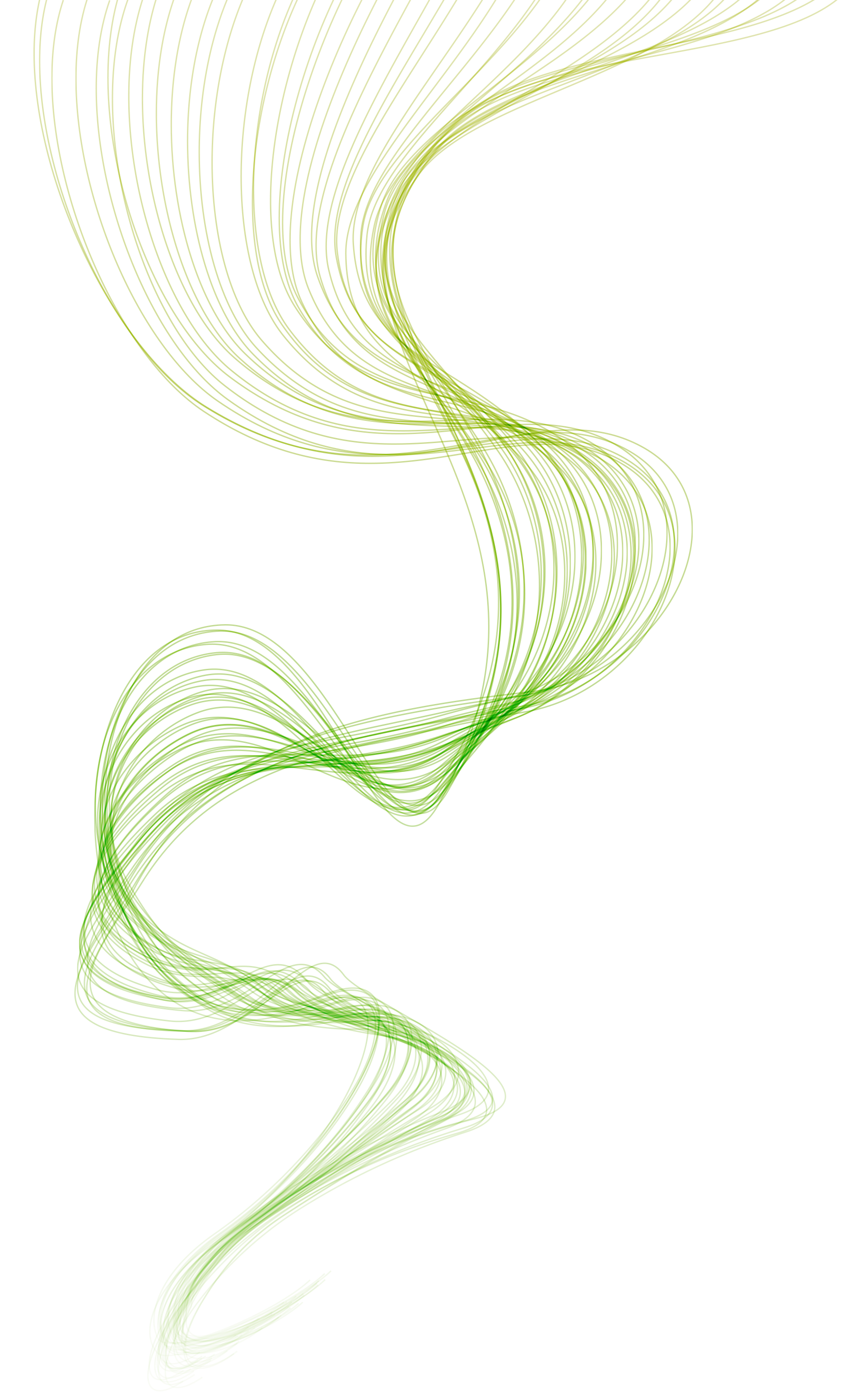The Role Of CMR & Cardiac CT In TAVR
TAVR is a minimally-invasive procedure that restores blood flow, improving survival rates and quality of life in most patients with severe aortic stenosis.
Modern imaging techniques such as cardiac magnetic resonance (CMR) and cardiac computed tomography (CT) play their role in diagnosis and evaluation before TAVR, as well as an assessment after the procedure.
What is TAVR?
Transcatheter aortic valve replacement, abbreviated to TAVR, is a procedure that replaces a thickened aortic valve in the heart. It is also referred to as transcatheter aortic valve implantation (TAVI).
The procedure is used to treat aortic stenosis, which occurs when the aortic valve – located between the aorta (main artery) and left ventricle (left lower heart chamber) – doesn’t open fully, reducing blood flow from the heart around the body.
TAVR risks and benefits
As with any form of surgery, there is a degree of risk attached to TAVR. Among the potential risks of TAVR are:
- Blood vessel complications
- Bleeding
- Stroke
- Replacement valve regurgitation
- Replacement valve slipping out of position
- Kidney disease
- Arrhythmias
- Infection
- Heart attack
An outstanding benefit of TAVR is that it is less invasive than traditional aortic valve replacement surgery, for which the chest wall will be cut through to expose the heart. Because TAVR is less invasive and involves a smaller incision, it offers the advantages of a shorter hospital stay and a faster recovery time following the procedure.
SAVR vs TAVR
Surgical aortic valve replacement (SAVR) is another procedure to treat aortic stenosis. SAVR is the traditional form of surgery for aortic stenosis. It is an open-heart procedure in which an incision is made at the chest wall in order to access the heart. This allows the diseased aortic valve to be removed, and a new replacement valve to be placed.
TAVR has now replaced SAVR as the first-line treatment for many severe aortic stenosis patients. Due to it being less invasive, TAVR offers several advantages over SAVR, including a shorter hospital stay and less recovery time. Some patients would not be able to withstand open-heart SAVR, so TAVR offers them a chance of survival.
In terms of risks, research has shown that TAVR and surgical aortic valve replacement pose similar risks of disabling stroke or death. The comparative risk of other complications can vary – a study that compared one group of patients who underwent TAVR with a group who underwent SAVR showed that the TAVR group had a lower estimated incidence of a disabling stroke, bleeding complications, acute kidney injury, and atrial fibrillation. However, in the TAVR group, there was a higher rate of moderate or severe aortic regurgitation and receipt of pacemaker implants compared with the surgical group.
TAVR and CT scan
What role does today’s imaging technology have to play in TAVR? Non-invasive, 3D imaging techniques such as CT angiography have proven suitable for peri-procedural evaluation in TAVR, including:
- Aortic root assessment
- Iliofemoral access route assessment
- Projecting angles for the deployment of the prosthesis
Cardiac CT is also able to support the selection of suitable patients, as well as prosthesis sizing, providing detailed information about the geometry and anatomy of the aortic annulus, a fibrous ring that is the transition point between the aortic root and left ventricle. Following TAVR, CT imaging enables the documenting of prosthesis positioning and asymptomatic complications.
Magnetic resonance imaging (MRI) is another 3D imaging technique that can be integrated into TAVR to improve the definition of the geometry, shape, and size of the aortic root complex. CT, MRI, and other 3D imaging techniques have been shown to improve prosthesis sizing from 2D techniques such as echocardiography, reducing the incidence of paravalvular regurgitation.
TAVR and MRI (CMR)
Like CT imaging, MRI is playing a role in many aspects surrounding the TAVR procedure. Cardiac MRI is used for preoperative assessment of the aortic annulus and for assessing the severity of aortic stenosis. The measurements which non-contrast MRI obtains are similar to those acquired by contrast-enhanced CT angiography. MRI can be used as an alternative to CT angiography when there is a contraindication of iodinated contrast. It can also be an alternative for patients contraindicated to echocardiography.
Evidence suggests that MRI is as effective, or superior to CT and echocardiography in determining the diagnosis and treatment for TAVR, as well as post-procedural evaluation. However, research shows that “CMR has been underutilized in routine clinical practice”.
CMR vs CT for TAVR
CT and echocardiography have thus far been the favored approaches for TAVR. Multi-detector CT and 3D transoesophageal echocardiography are both still relevant for TAVR, and there is ongoing debate as to which modality is more accurate. However, CMR has emerged as a non-contrast alternative to CT angiography for the 80% of TAVR patients that suffer from chronic renal insufficiency.
At the time of writing, a study is planning to evaluate both procedures. This study will look at CMR's merits as an alternative to the current standard procedure for TAVR planning; the combination of CT and echocardiography. It remains to be seen whether CMR overtakes CT and echocardiography as the favored approach for TAVR.
For more information about CT and CMR’s role in TAVR, we suggest reading our paper summary ‘CMR facilitates contrast-free TAVI procedure’.
cvi42 for TAVR
As we have discussed, TAVR is a highly suitable procedure for aortic stenosis, being less invasive than traditional surgery; minimizing hospital stay and recovery time. At present, it is clear that in combination with echocardiography, CT still plays an important role in peri-procedural evaluation for TAVR, but we starting to see the emergence of CMR as a viable alternative, especially for cases in which iodinated contrast is contraindicated.
cvi42 from Circle CVI is advanced imaging software that allows fast and efficient interventional planning. Try cvi42 now for 42 days and benefit from simple TAVR pre-planning, including features such as assisted annulus detection and dynamic annulus visualization.
Sources:
https://www.ahajournals.org/doi/10.1161/CIRCOUTCOMES.118.004693
https://pubmed.ncbi.nlm.nih.gov/27040324/
https://jamanetwork.com/journals/jama/article-abstract/2734319
https://www.sciencedirect.com/science/article/pii/S1936878X16300274
